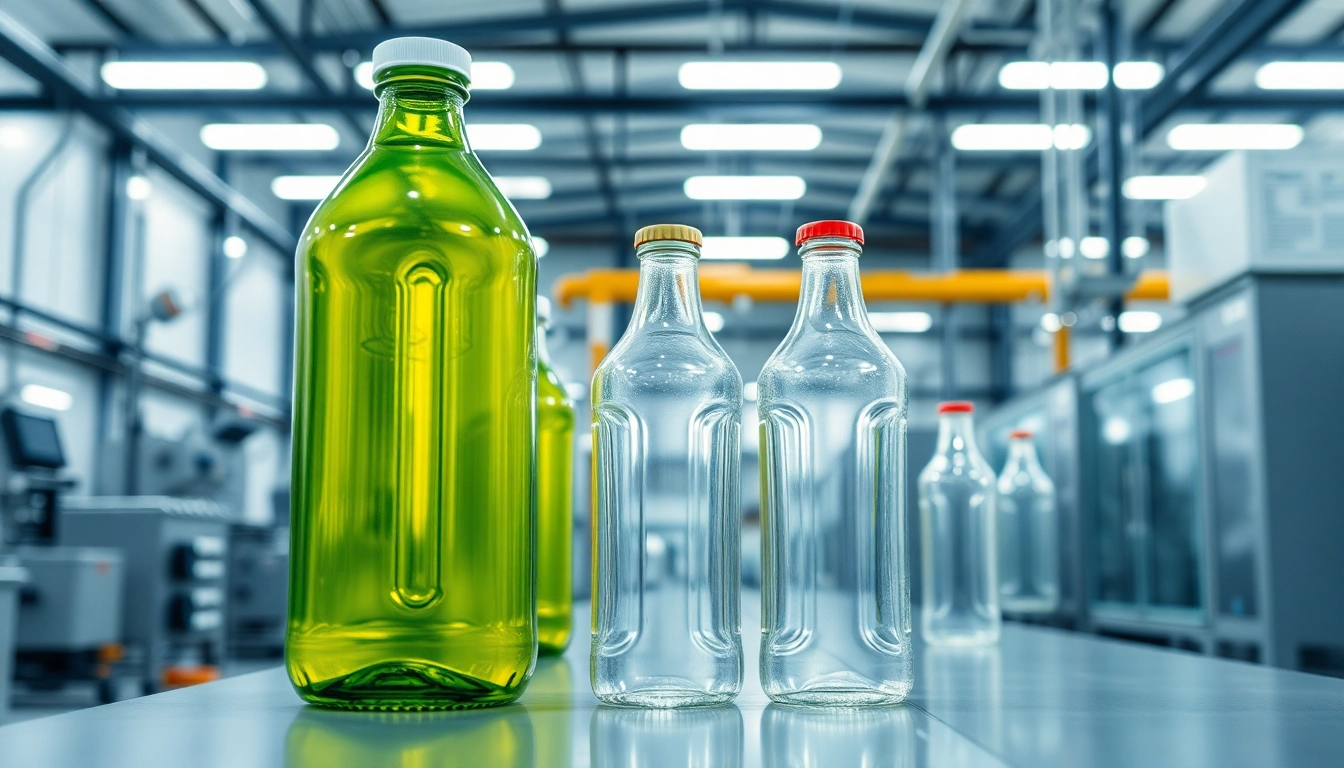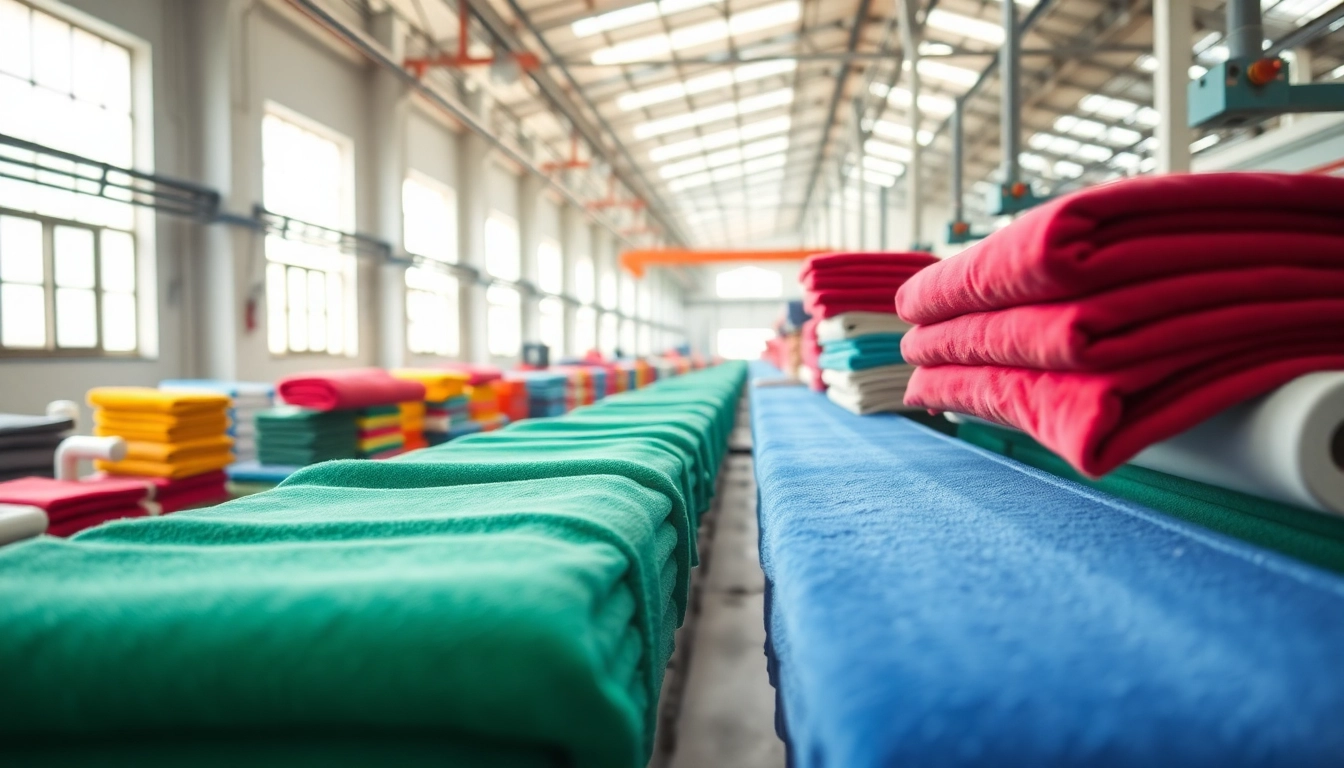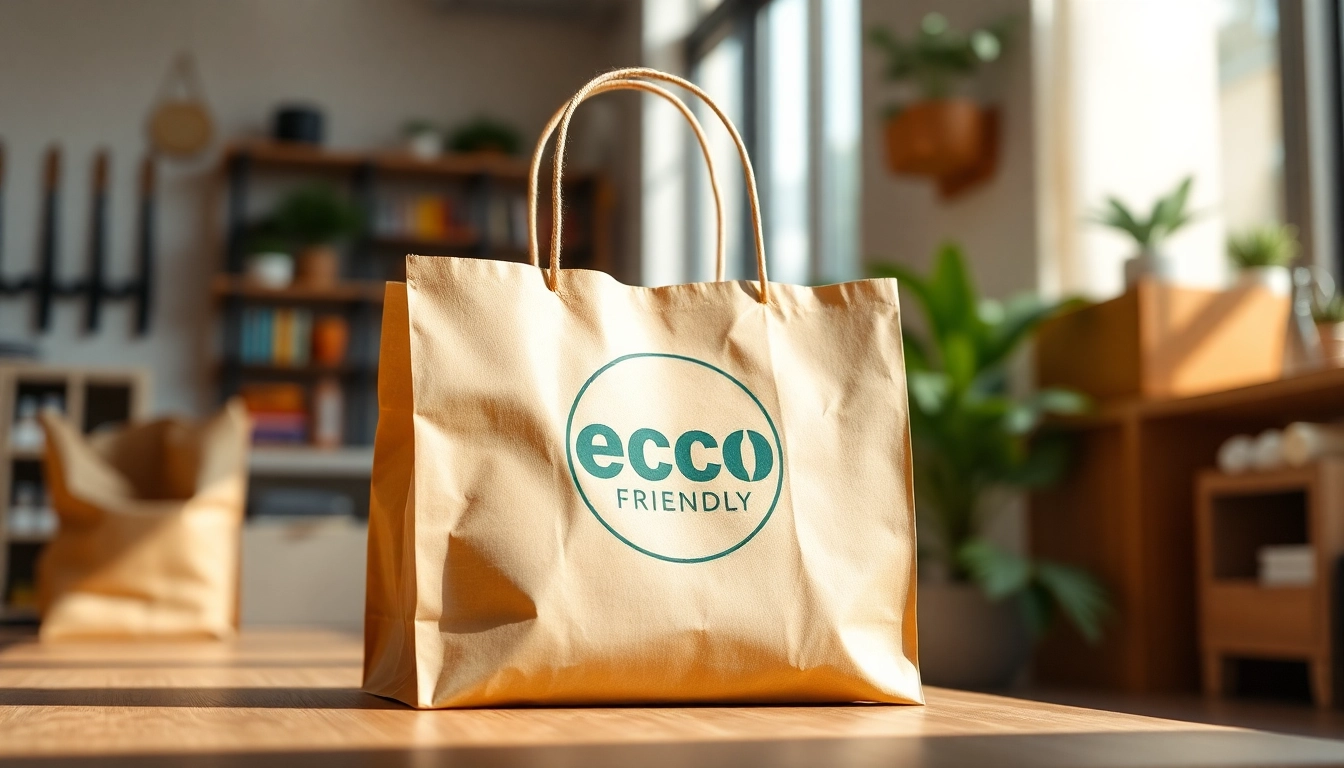Introduction to Polyethylene Bottle and Its Advantages
In the rapidly evolving world of packaging, the demand for versatile, durable, and cost-effective materials has surged significantly. Among these materials, polietilen şişe—or polyethylene bottles—stand out as a leading choice across various industries. These bottles are renowned not only for their lightweight and impact resistance but also for their adaptability to a broad spectrum of products, from food and beverages to chemicals and cosmetics. This comprehensive guide explores the multifaceted nature of polyethylene bottles, highlighting their manufacturing standards, industry applications, and the sustainable innovations shaping their future.
Understanding Polyethylene Bottle and Its Composition
Polyethylene bottles are manufactured from polyethylene, a family of durable thermoplastic polymers synthesized through the polymerization of ethylene monomers. The most common variants used in packaging are high-density polyethylene (HDPE) and low-density polyethylene (LDPE). HDPE, characterized by its linear structure, boasts high tensile strength, chemical resistance, and temperature stability, making it ideal for sturdy containers. LDPE, with its branched structure, offers greater flexibility and impact resistance, suitable for flexible packaging solutions.
The chemical composition of these bottles ensures resistance to moisture, making them suitable for liquids, semi-solids, and powders. Their inert nature means they are compatible with a wide range of products without imparting unwanted flavors or chemicals. This quality is especially critical in the food, beverage, and pharmaceutical sectors, where safety and purity are paramount.
Benefits of Using Polyethylene Bottles for Packaging
The advantages of polyethylene bottles extend beyond their basic physical properties, positioning them as a superior packaging option for many industries. Their key benefits include:
- Lightweight Design: Significantly reduces transportation costs and ease of handling. Their lightness does not compromise durability, enabling safe delivery and storage.
- High Durability and Impact Resistance: Capable of withstanding falls and external stress, minimizing breakage and product loss in transit and storage.
- Chemical Resistance: Ideal for containing a diverse array of substances, including acids, alkalis, and solvents.
- Cost-Effectiveness: Relatively inexpensive to produce at scale, supporting economical packaging solutions without sacrificing quality.
- Recyclability: Many polyethylene variants are recyclable, contributing positively to environmental sustainability when managed properly.
- Customizability: Easily customized for size, shape, and closure types, enabling brands to tailor packaging to their product needs.
These attributes make polyethylene bottles a preferred choice in industries where safety, practicality, and cost are critical factors.
Comparison with Other Plastic Packaging Materials
When selecting packaging materials, understanding how polyethylene compares with alternatives like PET or polypropylene is essential. Polyethylene’s distinct advantages include superior impact resistance and chemical stability, especially in arduous environments. Unlike PET bottles, which are often designated for single-use beverage applications due to their rigidity and clarity, polyethylene bottles excel in multi-purpose, re-sealable applications.
Polypropylene (PP), another common packaging plastic, offers higher heat resistance but lacks the same level of impact toughness and chemical inertness found in polyethylene. Additionally, polyethylene’s lower production costs and broader suite of customization options further solidify its dominance in versatile packaging solutions.
However, it is important to note that each plastic type has unique advantages tailored to specific application needs, emphasizing the importance of choosing the right material based on product compatibility and environmental considerations.
Manufacturing and Quality Standards of Polyethylene Bottles
Production Processes and Quality Control
The production of polyethylene bottles involves advanced extrusion and blow molding techniques that ensure uniform wall thickness and dimensional accuracy. This process begins with the melting of polyethylene pellets, which are then extruded into specific preforms or bottles via high-precision machinery. Strict control measures oversee the entire process, including temperature regulation, mold integrity, and cooling rates, to guarantee product consistency.
Quality control standards are rigorous, encompassing chemical analysis to verify inertness, mechanical testing for impact resistance, and visual inspections for surface defects. Leading manufacturers also perform leak tests and stress simulations to ensure bottles meet functional requirements and safety standards.
Material Durability and Safety Certifications
Reputable polyethylene bottle producers adhere to international safety certifications such as ISO, FDA approval for food contact, and compliance with REACH directives. These certifications validate that the materials used are safe for their intended applications. Durability assessments ensure the bottles withstand environmental stresses, UV exposure, and handling without compromising integrity.
Customization Options for Different Industries
Customization has become a significant aspect of polyethylene bottle manufacturing. Suppliers can tailor bottle shapes, sizes, closures, and label applications to suit specific industry needs. For example, food-grade bottles often have smooth, transparent surfaces with tamper-evident caps, whereas industrial chemical containers may feature robust, opaque designs with reinforced handles.
Applications and Usage of Polyethylene Bottles
Food and Beverage Industry
Polyethylene bottles dominate the food and beverage sector due to their safety, clarity, and resistance to contamination. They are used for water, juices, sauces, and edible oils. Their hermetic seals preserve freshness and prevent leaks, ensuring shelf stability for end consumers.
Chemical and Industrial Uses
In industrial applications, polyethylene bottles serve as containers for cleaning agents, solvents, oils, and lubricants. Their chemical resistance protects the contents from degradation and prevents interaction with the container material, maintaining product integrity over long storage periods.
Cosmetic and Personal Care Packaging
Modern cosmetic brands utilize polyethylene bottles for lotions, shampoos, and other personal care products because they enable flexible design and precise dispensing. Transparent or colored variants help enhance brand aesthetics while safeguarding sensitive formulas from UV damage.
How to Select the Right Polyethylene Bottle Supplier
Key Factors to Consider in Supplier Selection
Choosing a reliable polyethylene bottle supplier is critical to ensuring product quality and consistency. Considerations include production capacity, customization capabilities, compliance with safety standards, and the supplier’s reputation for durability and service. It is advisable to review samples and request certifications before establishing long-term partnerships.
Ensuring Product Compliance and Standards
Compliance with relevant regulations such as FDA, EU standards, and environmental directives is vital. Suppliers should provide transparent documentation demonstrating adherence to these standards, including material safety data sheets and quality assurance certifications.
Cost Efficiency and Bulk Purchasing Benefits
Economies of scale often lead to significant cost savings. Bulk orders can reduce unit costs and facilitate stable supply chains. However, balance cost considerations with quality assurance to optimize overall value for your business.
Future Trends and Sustainability in Polyethylene Bottle Production
Innovations in Plastic Material Technology
The industry is witnessing advancements in biodegradable and bio-based polyethylene variants, reducing reliance on fossil fuels and environmental impact. Nanotechnology and enhanced barrier properties are also enhancing bottle performance, extending shelf life, and facilitating thinner, lighter designs.
Recycling and Eco-Friendly Packaging Solutions
Recycling initiatives are transforming the landscape. Mechanical recycling streams recover used bottles into new products, while chemical recycling breaks polymers back into monomers for reuse. Companies are adopting closed-loop systems, aiming for zero-waste production with recyclable and compostable materials.
Sustainable Practices in the Industry
Sustainable practices include optimizing manufacturing energy consumption, using recycled raw materials, and designing for recyclability. Transparent supply chains and certifications like ISO 14001 further demonstrate corporate commitment to sustainability, aligning with global environmental goals.



